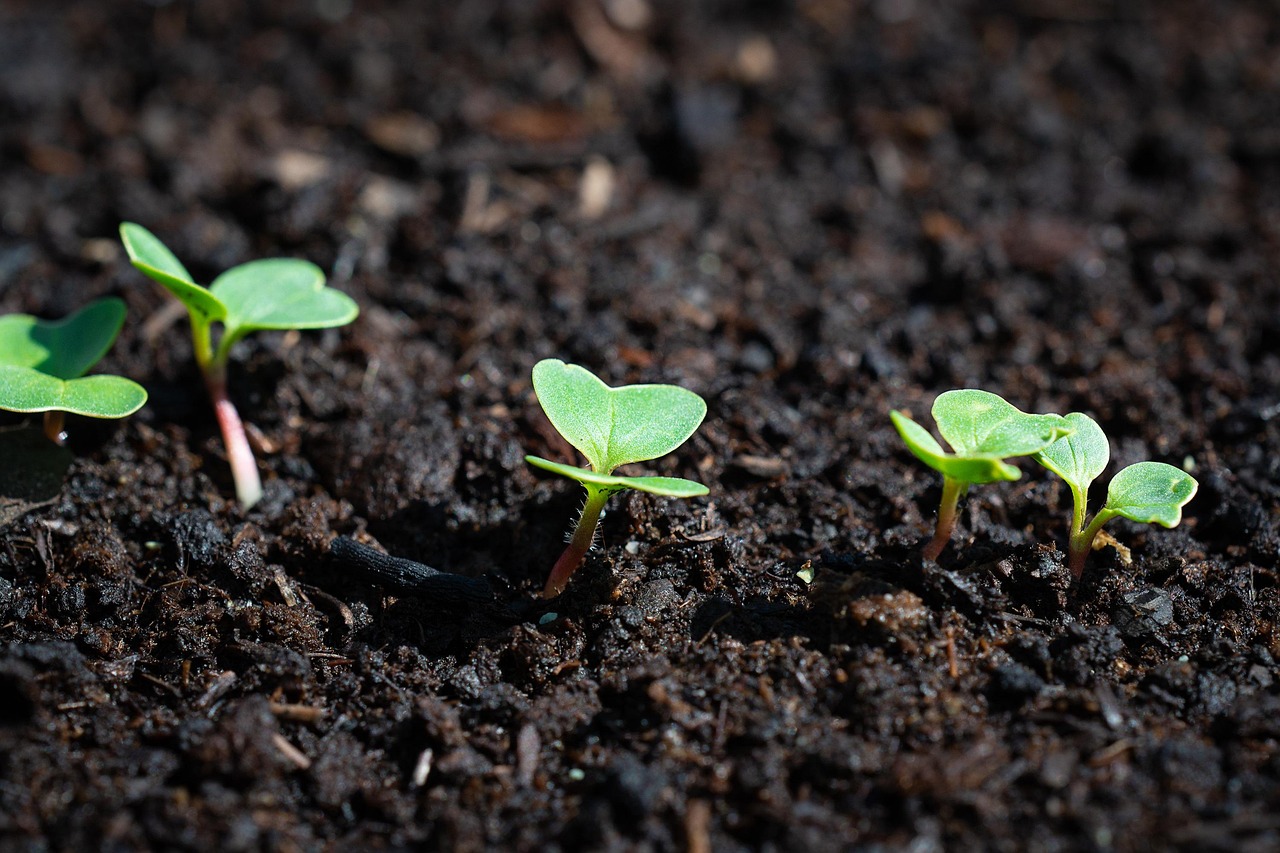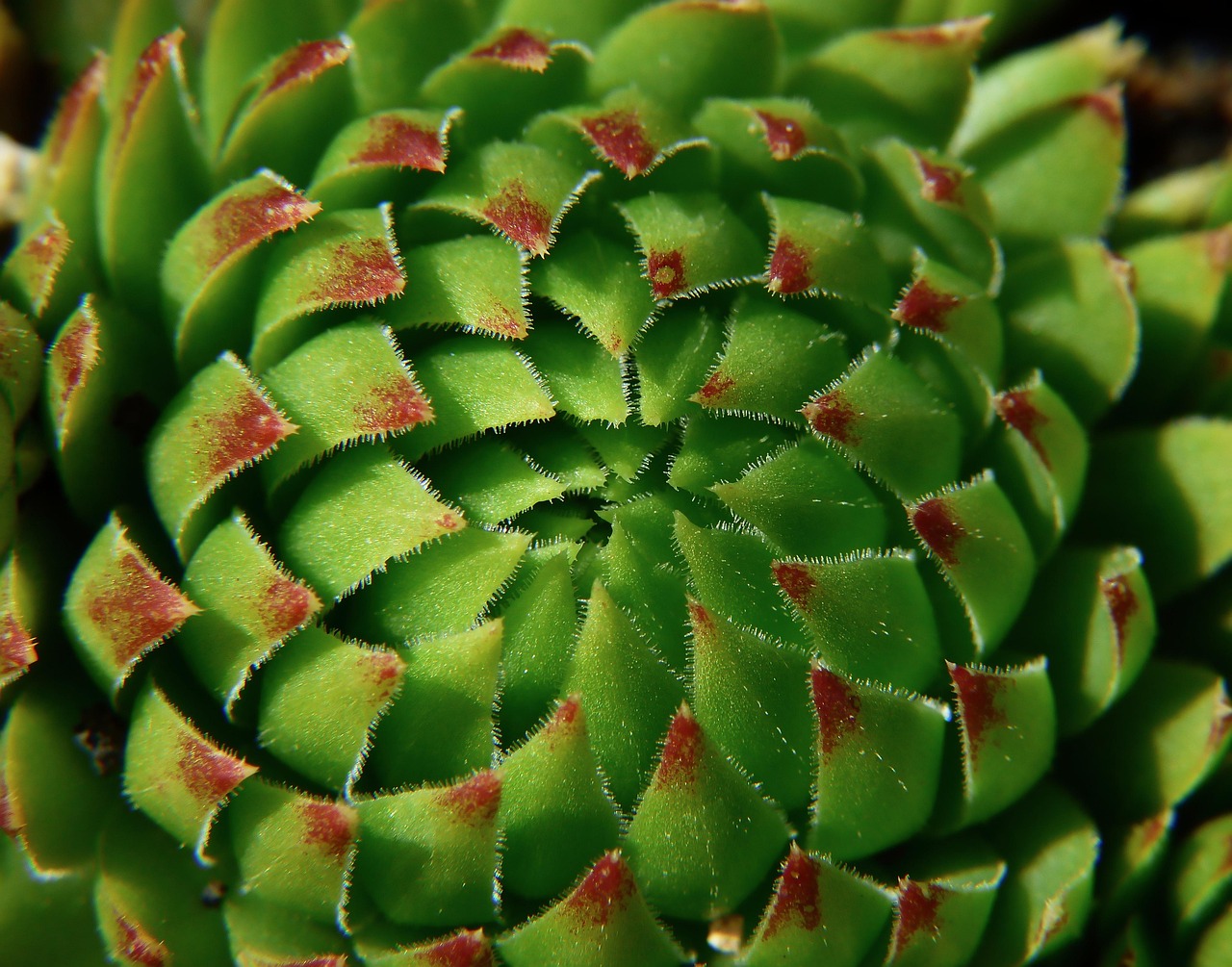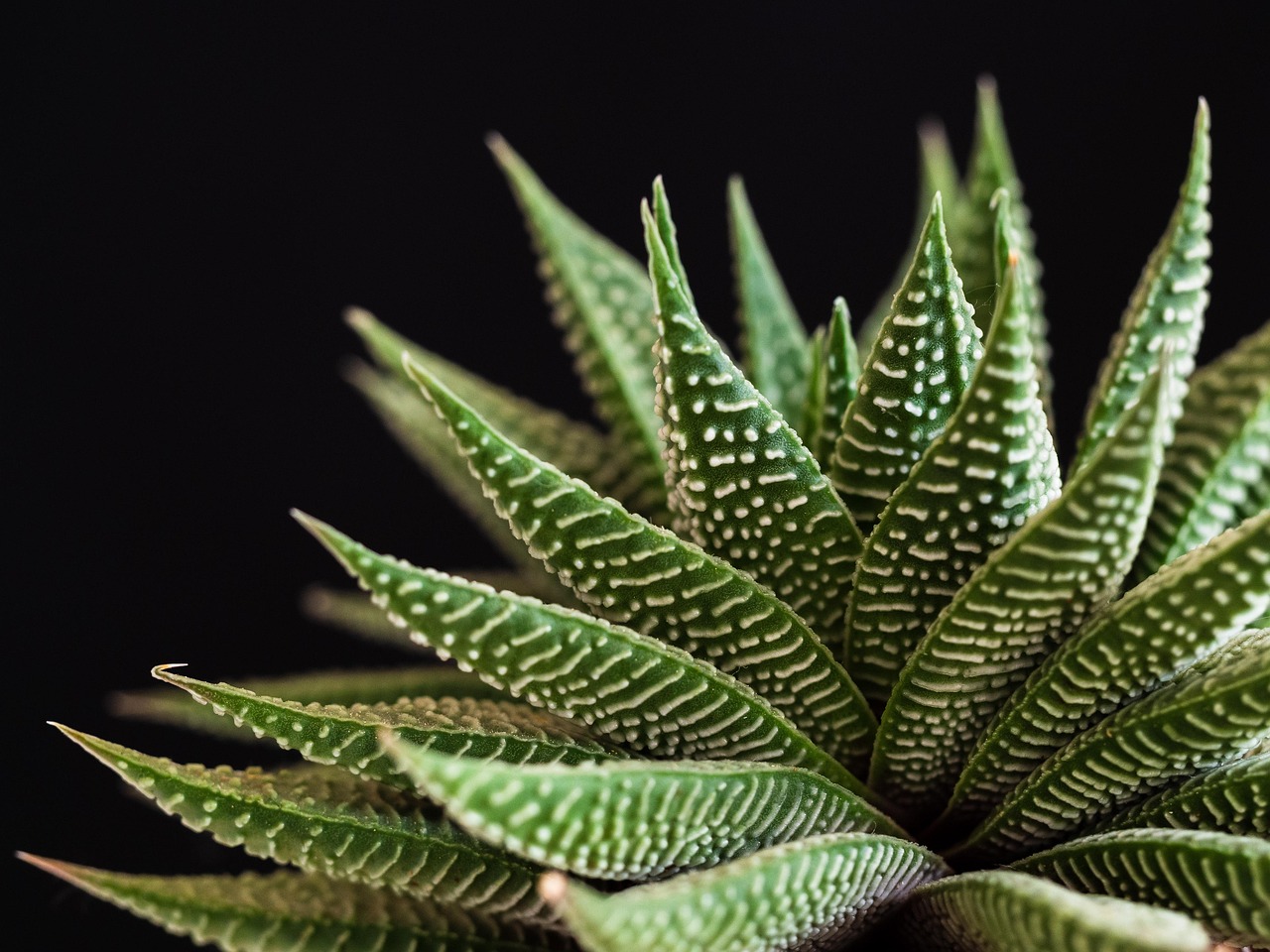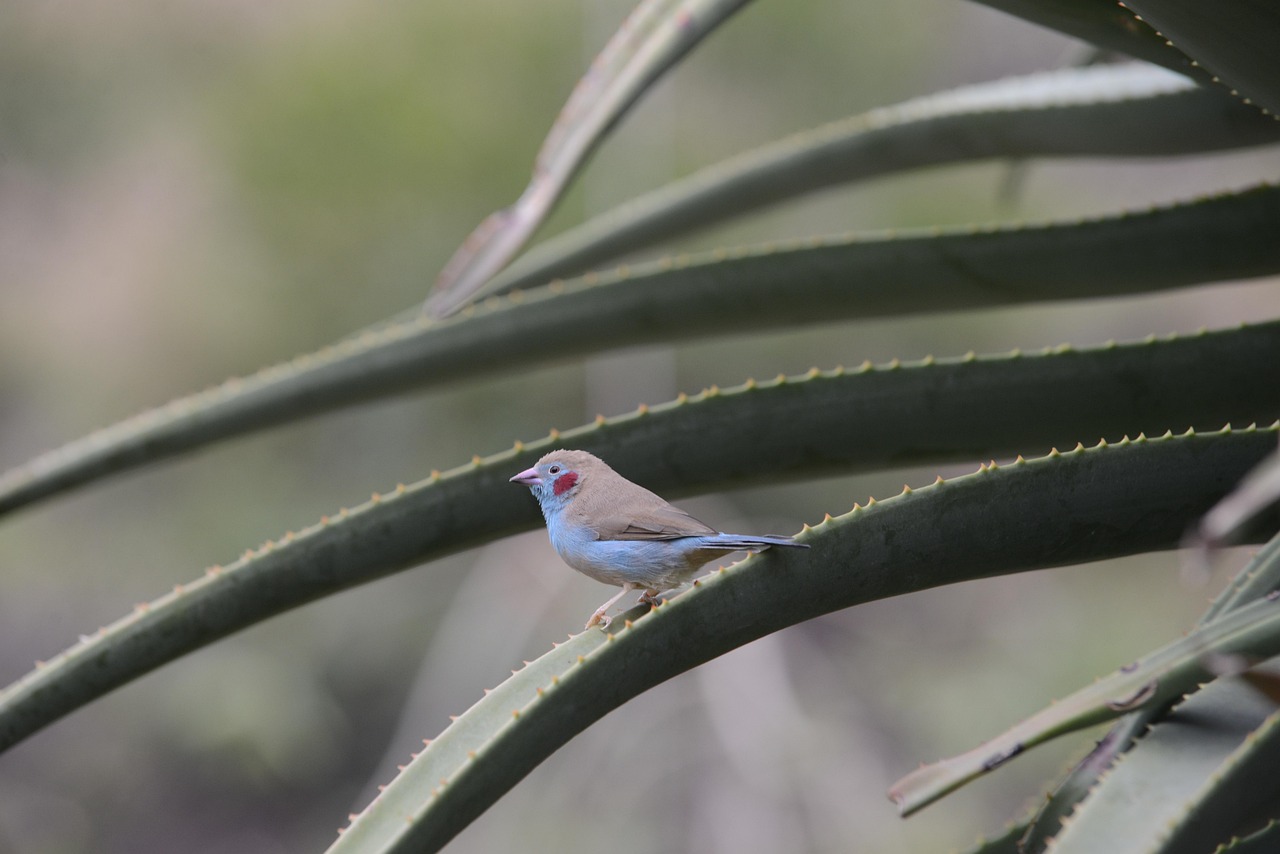Many people believe that succulents require bright sunlight to thrive. However, some varieties can flourish in low-light conditions, making them perfect for homes and offices with limited natural light. Discovering these resilient plants can transform your indoor space into a vibrant oasis.
Succulents are known for their ability to store water in their leaves, stems, or roots. This unique adaptation allows them to survive in arid environments. While most succulents prefer bright, indirect light, several species can tolerate and even thrive in low-light settings. Understanding the needs of these plants can help you choose the right ones for your space.

Low-light succulents can be an excellent choice for beginners or those with less than ideal lighting conditions. They require less care and can still add beauty and life to your environment. When selecting low-light succulents, consider factors such as watering needs, humidity levels, and temperature preferences.
Understanding Low-Light Conditions
Before diving into the specific types of low-light succulents, it is essential to understand what low light means for plants. Low light typically refers to areas that receive minimal direct sunlight throughout the day. Some key characteristics of low-light environments include:
- Rooms facing north or east with limited sunlight exposure.
- Spaces that are shaded by trees or buildings.
- Areas with minimal window access.
In these environments, succulents may not grow as quickly as they would in bright light. However, they can still survive and maintain their unique shapes and colors. It is crucial to choose the right type of succulent that matches these conditions.
Popular Succulents for Low-Light Environments
Here are some succulents that are well-suited for low-light conditions:
| Succulent Name | Light Requirement | Watering Needs | Growth Habit |
|---|---|---|---|
| Snake Plant (Sansevieria) | Low to bright indirect light | Every 2-6 weeks | Upright |
| Zebra Plant (Haworthia) | Low to bright indirect light | Every 2-3 weeks | Compact rosette |
| Ponytail Palm (Beaucarnea recurvata) | Low to bright indirect light | Every 3-4 weeks | Tall and slender |
| Jade Plant (Crassula ovata) | Low to bright indirect light | Every 2-3 weeks | Shrubby |
These succulents are not only easy to care for but also contribute to healthier indoor air quality. They can adapt to varying light conditions, making them ideal companions for those who may not have the best lighting options.
When choosing succulents for low-light areas, it is essential to monitor their growth and adjust their care accordingly. Factors such as humidity and temperature can also influence their overall health and vitality.
In the following sections, we will explore specific care tips for these low-light succulents and how to ensure they thrive in your home or office environment.
Care Tips for Low-Light Succulents

Providing the right care for low-light succulents is crucial to ensure their longevity and health. While these plants are resilient, they still require specific attention to thrive in less-than-ideal lighting conditions. Here are some essential care tips to keep in mind.
Watering Practices
One of the most critical aspects of succulent care is understanding their watering needs. Overwatering is a common mistake that can lead to root rot. Here are some guidelines for watering low-light succulents:
- Check the Soil: Always check the soil moisture level before watering. Allow the top inch of soil to dry out completely.
- Frequency: In low-light conditions, succulents generally need less frequent watering. Every 2-4 weeks is often sufficient, depending on the plant and environment.
- Pots with Drainage: Use pots with drainage holes to prevent excess water accumulation.
Humidity and Temperature Requirements
Low-light succulents often prefer stable humidity and temperature levels. Here are some factors to consider:
- Humidity: Most succulents thrive in low to moderate humidity levels. If your indoor air is too dry, consider misting them occasionally or using a humidity tray.
- Temperature: Ideal temperatures range between 60°F to 75°F (15°C to 24°C). Avoid placing them near drafts or heating vents.
Fertilizing Your Succulents
While succulents do not require heavy fertilization, a little can help boost their growth, especially in low light.
- Use Diluted Fertilizer: Opt for a diluted, balanced liquid fertilizer during the growing season (spring and summer).
- Frequency: Fertilize once every month or every other month, depending on the plant’s growth rate.
- Avoid Fertilizing in Winter: During winter, most succulents enter dormancy. It is best to withhold fertilizer during this period.
Choosing the Right Soil
The type of soil you use plays a significant role in the health of your succulents. A well-draining soil mix is crucial for preventing root rot. Here are some options:
- Cactus Mix: Commercial cactus soil mixes are ideal for succulents as they offer excellent drainage.
- DIY Mix: You can create your own mix by combining potting soil with perlite or coarse sand for improved drainage.
- Avoid Heavy Soils: Steer clear of heavy garden soils that retain moisture.
Placement and Light Adjustments
Even though these succulents thrive in low light, their placement can still significantly impact their health. Consider the following tips for optimal placement:
- Avoid Direct Sunlight: Place them in indirect light; direct sunlight can scorch the leaves.
- Rotate Plants: Periodically rotate your plants to ensure even light distribution for all sides.
- Observe Growth Patterns: If you notice stretching or leggy growth, it may be a sign that your succulent needs more light.
By following these care tips, you can create an environment where your low-light succulents can thrive, allowing them to flourish beautifully in your home or office space. As you become more familiar with their needs, you will find it easier to cultivate a diverse collection of these resilient plants.

Common Issues and Solutions for Low-Light Succulents

Even the hardiest of low-light succulents can encounter issues. Recognizing these problems early and understanding how to address them can help maintain a healthy plant environment. Below are some common challenges and their solutions.
Leaf Discoloration
Leaf discoloration is often the first sign that something may be wrong with your succulent. Here are potential causes and solutions:
- Yellowing Leaves: This can indicate overwatering. To remedy this, allow the soil to dry out completely before watering again. If the problem persists, check for root rot.
- Browning Leaves: Browning tips often signal underwatering or exposure to direct sunlight. Ensure proper watering and adjust placement to avoid harsh light.
- Dropping Leaves: If leaves fall off easily, it may be due to stress from environmental changes. Keep the plant in a stable location and avoid moving it frequently.
Pests and Infestations
Although succulents are relatively pest-resistant, they can still attract pests. Here are some common pests and how to deal with them:
- Mealybugs: These small, white insects can cluster on leaves. Remove them with a cotton swab dipped in rubbing alcohol.
- Spider Mites: These tiny pests thrive in dry conditions. Increase humidity levels and wash the plant with water to eliminate them.
- Aphids: These pests can be removed with a strong stream of water or by applying insecticidal soap.
Growth Issues
Succulents in low light may experience growth issues, such as stretching or becoming leggy. Here’s how to address these problems:
- Legginess: This occurs when a plant stretches towards light. If you notice this, consider relocating the plant closer to a light source or supplementing with grow lights.
- Slow Growth: Low light can slow down growth rates significantly. Fertilizing during the growing season and ensuring proper watering can help stimulate growth.
Propagation of Low-Light Succulents
Propagating low-light succulents is a rewarding way to expand your collection. Many succulents can be propagated through leaves, offsets, or cuttings. Here are some methods:
Leaf Propagation
This method works well for many succulent types, including the Jade Plant. Follow these steps:
- Choose a healthy leaf from the parent plant.
- Allow the leaf to callus over for about two days.
- Place the leaf on top of well-draining soil without burying it.
- Spray lightly with water and cover with plastic to maintain humidity.
- Remove the cover once roots develop.
Offset Propagation
Many succulents produce offsets or “pups” that can be separated and replanted:
- Gently remove the offset from the parent plant using clean scissors or shears.
- Let it callus over for a few days.
- Plant it in well-draining soil and provide minimal water until established.
Stem Cutting Propagation
This method is suitable for succulents like Snake Plants or Echeveria:
- Cut a healthy stem just below a leaf node.
- Let the cutting dry out for a few days to form a callus.
- Plant it in well-draining soil and water sparingly until roots develop.
By understanding the common issues faced by low-light succulents and how to propagate them, you can ensure a thriving succulent collection that enhances your indoor environment.
Creating a Low-Light Succulent Oasis
When designing a space with low-light succulents, creativity plays a crucial role. These plants not only enhance the aesthetic appeal of your environment but also bring a sense of tranquility and connection to nature. Here are some ideas on how to incorporate low-light succulents into your home or office decor:
Display Ideas
Utilizing unique display methods can make your succulent collection stand out. Consider these options:
- Shelves and Ledges: Place a variety of succulents on floating shelves or window ledges to create an eye-catching display.
- Terrariums: Create mini ecosystems in glass containers. Terrariums can be appealing while providing the right environment for low-light succulents.
- Hanging Planters: Use hanging pots or macramé holders to add vertical interest to your space.
Combining Plants
Mixing different types of low-light plants can create a dynamic environment. Here are some tips:
- Pair with Other Houseplants: Combine succulents with other low-light tolerant houseplants, such as pothos or snake plants, for a lush look.
- Color Coordination: Choose succulents with varying leaf colors and textures to create visual interest.
- Varying Heights: Arrange plants at different heights to add depth and dimension to your display.
Maintaining Your Low-Light Succulent Collection
To ensure the longevity and health of your low-light succulents, consistent care is essential. Regularly check for signs of distress, such as discoloration or pests, to catch issues early. Additionally, seasonal changes may warrant adjustments in watering and light exposure.
As the seasons change, be mindful of fluctuations in indoor light levels. During winter months, you may need to rotate your plants or adjust their placement to maximize available light. Supplementing with grow lights can also be beneficial during darker months.
Final Thoughts
Low-light succulents offer a fantastic opportunity for anyone looking to introduce greenery into their spaces without needing direct sunlight. By selecting the right varieties, understanding their care requirements, and creatively displaying them, you can cultivate a thriving indoor garden that enhances your living or working environment.
The resilience and adaptability of these plants make them ideal companions for busy lifestyles or less than ideal lighting conditions. Whether you’re a seasoned plant enthusiast or just starting your journey, low-light succulents can provide satisfaction and beauty throughout the year.
By embracing the unique characteristics of these hardy plants, you can create an inviting atmosphere that brings joy and tranquility to your surroundings. So go ahead and explore the world of low-light succulents; they truly do exist and are waiting to brighten your space!
